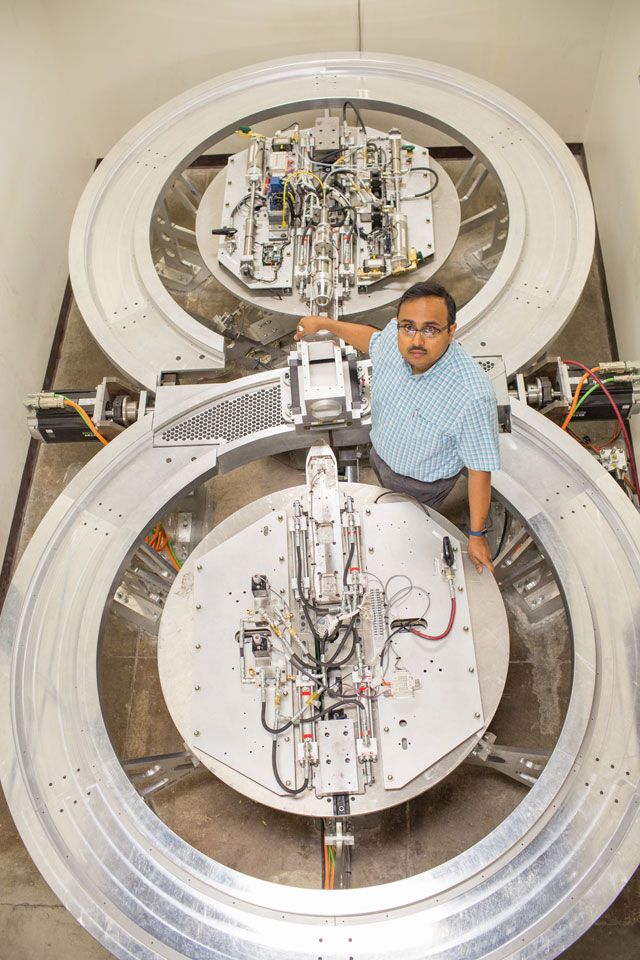Serious discussions of the long-term future of energy use, says Arindam Banerjee, are turning more and more to nuclear fusion, a potential power source that not long ago was considered a distant dream.
Fusion is the process by which the sun generates heat and light. It occurs when two isotopes of hydrogen—deuterium and tritium—collide at great speeds under extreme heat and pressure and fuse to form helium, losing a small amount of mass and releasing huge quantities of energy.
Unlike fossil fuel-fired power plants, fusion reactors emit no greenhouse gases such as carbon dioxide or toxic pollutants such as mercury or sulfur dioxide. Unlike nuclear power plants, which generate energy from nuclear fission, or the splitting of the atom, fusion reactors produce no long-lasting radioactive waste. And the fusion process itself is self-sustaining and highly efficient.
Scientists have exercised caution when predicting the future of fusion, saying it will take at least several decades of further research for commercial fusion to become a viable, cost-effective alternative to existing sources of energy.
Banerjee, an associate professor of mechanical engineering and mechanics and director of the Turbulent Flow Design Group, says advances in supercomputing and the development of novel experimental techniques give cause for greater optimism.
“In the last decade,” he says, “advances in supercomputers have given us enormous power to numerically model complex phenomena like nuclear fusion. This has resulted in quite a leap in understanding the fusion process.”
Half a dozen process occur simultaneously inside a nuclear fusion reactor, says Banerjee. They include nuclear reactions, combustion, radiative heat and shock waves. Each process interacts with and influences the other processes. For fusion research to advance, all the processes and interactions must all be numerically modeled and understood—a task for which today’s supercomputers are ideally suited.
“The new tools enable us to do large-scale simulations. How large? Ten years ago, I would have needed a supercomputer to run simulations that I can now run on my laptop. And today, the largest supercomputer can model the entire nuclear fusion process, including the equations that represent the underlying coupling between all of the physical phenomena.”
The second reason for Banerjee’s optimism is a unique experiment that he and his students are conducting on a two-wheel, high-acceleration facility in the basement of Packard Laboratory. The test replicates the turbulence that occurs inside the fusion reactor and sheds light on the hydrodynamic instabilities that limit the efficiency of the reactor.
“In the last 20 years we have made significant progress. In the next decade or two, I think we can attain nuclear fusion—if we continue to get funding and if we get the coming generation of researchers excited.”
Read the full story at the Lehigh University News Center.
-Kurt Pfitzer is the Manager of Editorial Services with Lehigh University's Office of Communications and Public Affairs.

